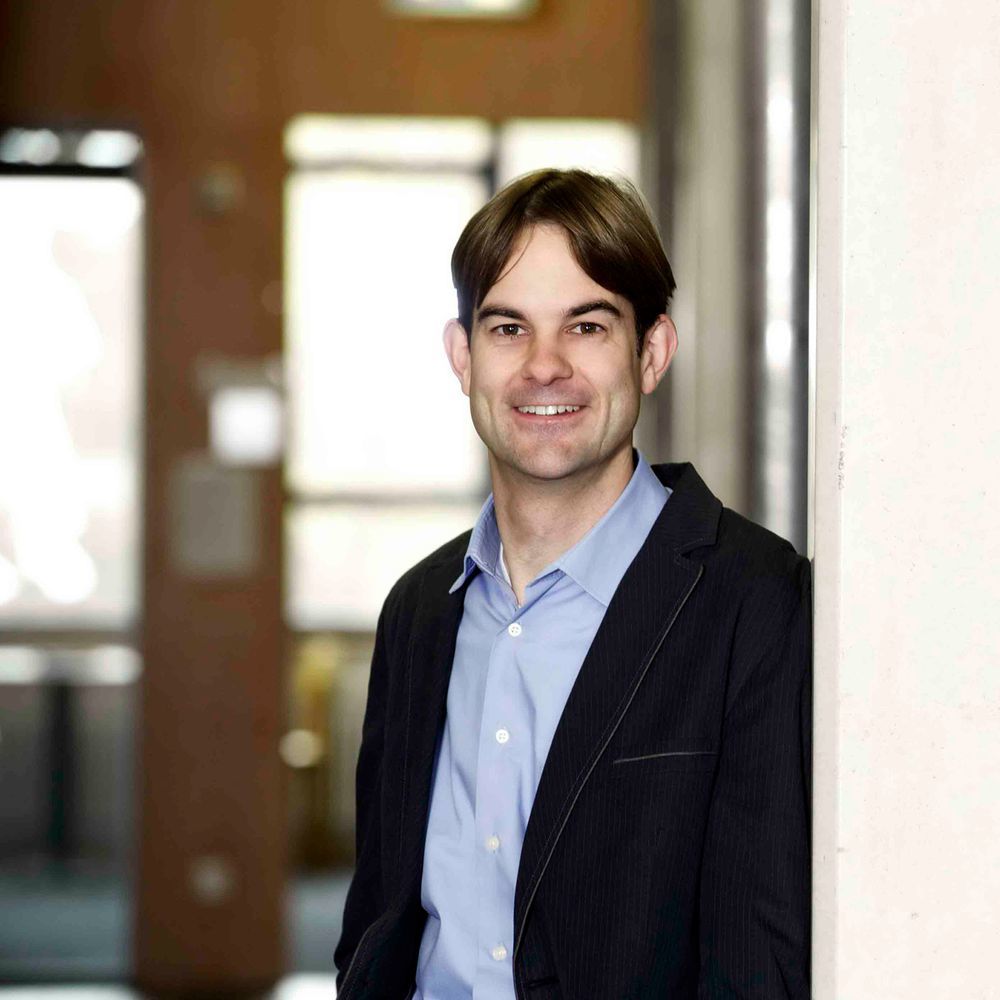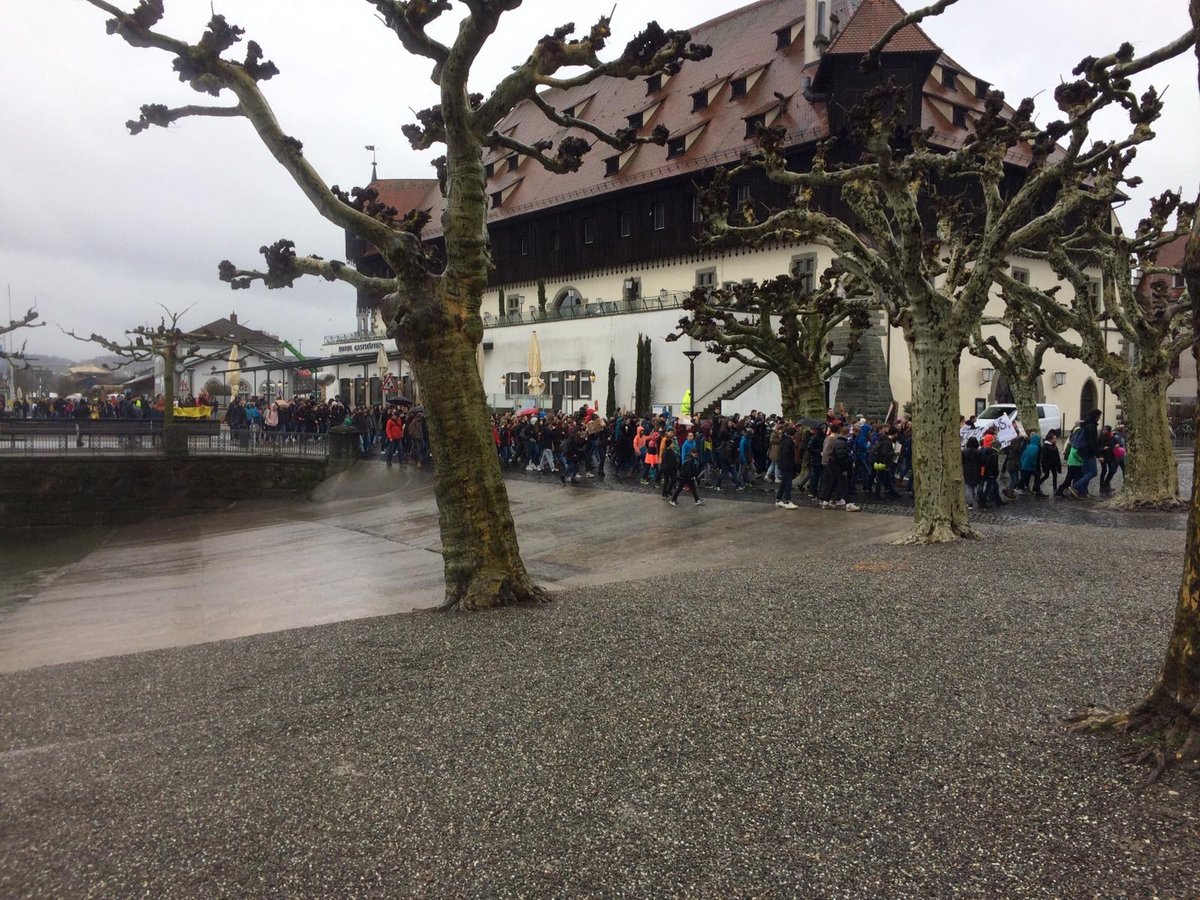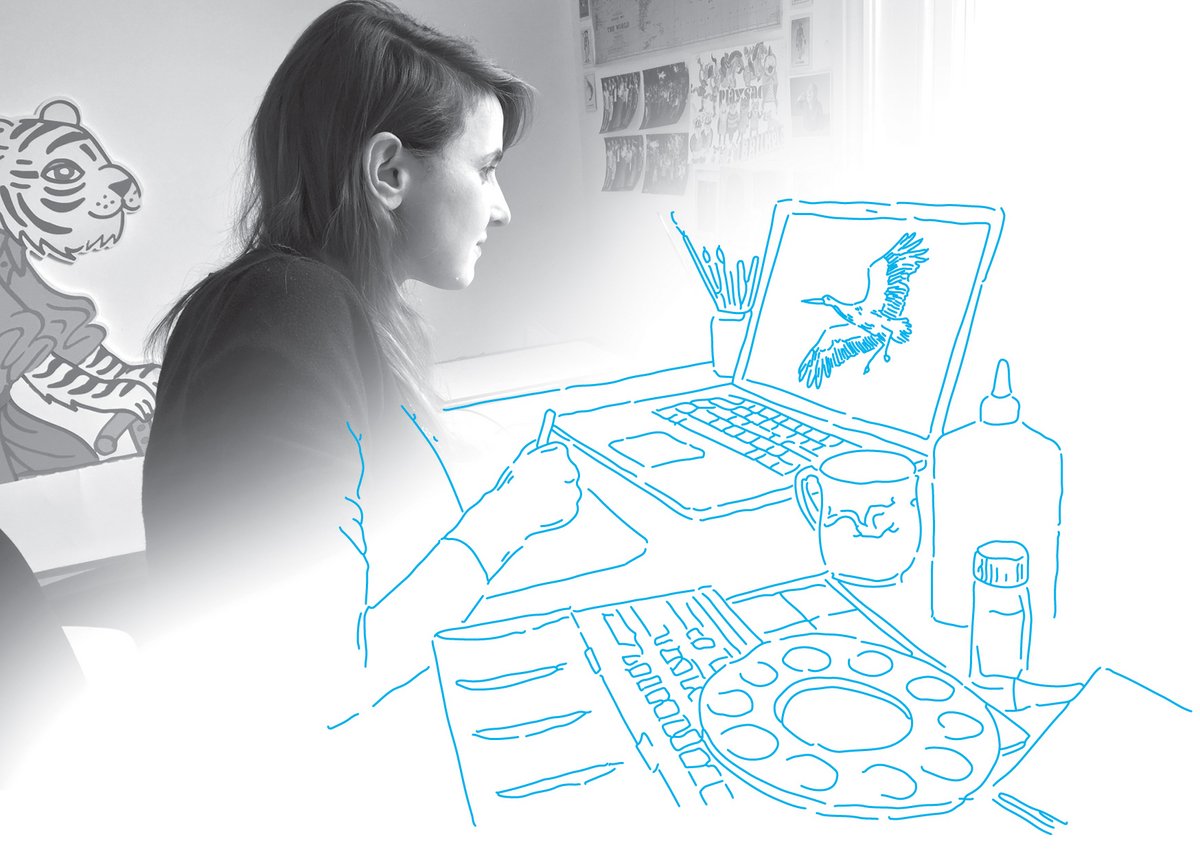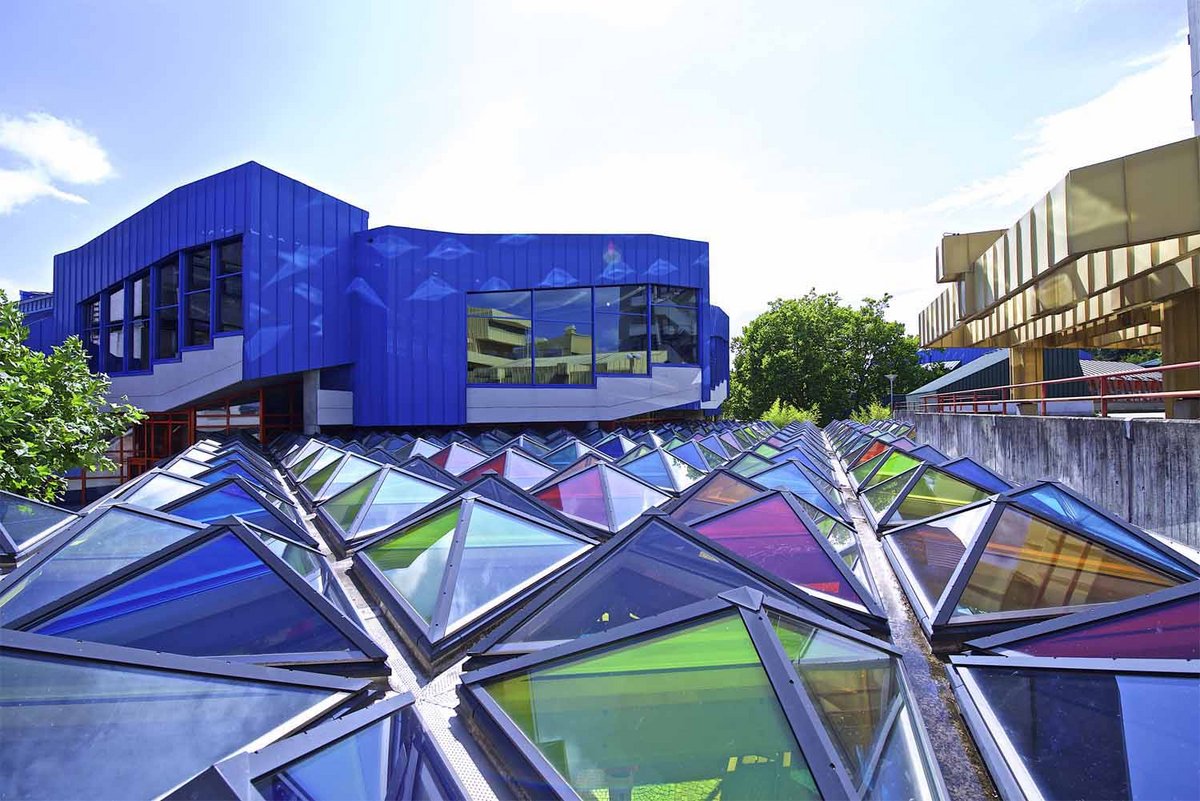
Dictators’ love-hate relationship with digital communication technology
Researchers from the Universities of Konstanz and Uppsala find that Internet availability in autocracies reduces the occurrence of popular mobilization, but once protest forms, it is catalyzed by digital tools
Read more







